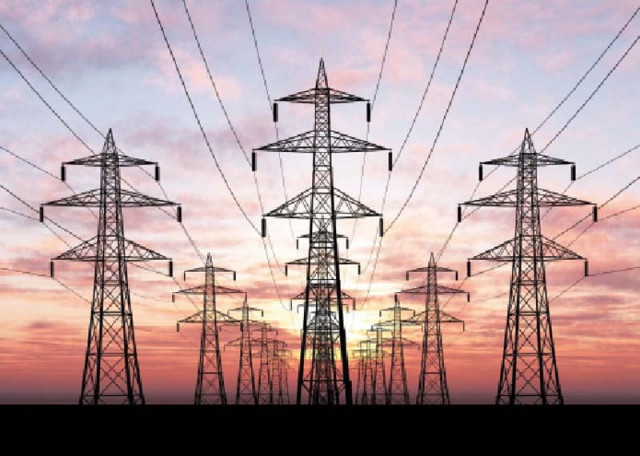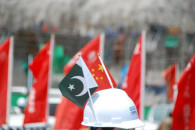Power productions hits record high in May
Increase comes on back of expansion in industrial outputs

Pakistan has produced record high electricity at 13,010 Gigawatt hours (GWh) in May in the wake of turnaround and expansion in industrial outputs and return of growth in sale of home appliances in recent months.
However, the cost of fuel in power generation surged 33% to Rs5.70 per unit in the month compared to the same month of last year after the government took production from expensive oil-based power plants and the cost of coal and gas-based generation went up in the system.
The power production increased 8.3% to 13,010 GWH in May compared to 12,017 GWh in the same month last year, according to the National Electric Power Regulatory Authority (Nepra) and a securities-research house.
“This is the second consecutive month in which Pakistan has taken high power generation,” Pakistan Electric Power Company (Pepco) former managing director Tahir Basharat Cheema said while talking to The Express Tribune.
The government’s pro-industries policies have helped increase to all-time high power production. To recall, output of large-scale manufacturing (LSM) sector, small and medium-sized enterprises (SMEs) and export-oriented sectors has turned around in recent months. This has directly and indirectly supported electricity production in Pakistan, he said.
He said the government has been providing power at subsidized rate of 7.5 cents to five zero-rated export sectors including textiles, sports, surgical goods, leather, and carpet sector. Besides, it is providing a subsidy of Rs3 per unit to other than the zero-rated sectors.
He said the government is also providing gas at a subsidised rate of $6.5 mmbtu to the export sector.
The incentives to the industries have supported turning around growth during this year. The pro-growth policies have directly encouraged industries to operate industries for long hours. Accordingly, the use of electricity at industries has revived.
The increased use of electricity is a win-win situation for the government, industries and common man as well. The country has a surplus power production capacity in the country.
“The taking of higher power production would reduce the capacity payments to idle plants, overcome circular debt issues and ultimately help reducing power tariff to residential and commercial users as well,” Cheema said.
He said the central bank’s award of subsidised loan for new industrial projects and for expansion of the existing ones through temporary economic refinance facility (TERF) and other similar financing lines have also helped in reviving industries in the country. “The TERF facility has indirectly enabled industries to consumer higher power production,” he said.
He said that Covid-19 pandemic has also provided a blessing in disguise for export sector of Pakistan. The government’s better strategy towards managing the health crisis Covid-19 compared to regional countries like China, India and Bangladesh convinced overseas buyers to divert their import orders to Pakistani producers from regional counties in trouble. “This situation has also support higher use of power in export sector of Pakistan,” he said.
“The higher use of surplus power production capacity would reduce power tariff,” he said.
He said the sale of electronic goods has also picked up during recent months including splits, fans and washing machines. “The increased use of the electronic equipment has added to demand for power in the system,” he said.
“Most of the large industries are operating at or over 95% of their installed production capacities in Pakistan,” Federation of Pakistan Chambers of Commerce and Industry (FPCCI) former president Zubair Tufail said the other day.
During 11MFY21, power generation also increased by 6.7% year-on-year to 115,862 GWh compared to 108,579 GWh during 11HFY20, Arif Habib Limited Head of Research Tahir Abbas said in a comment.
Power cost
“During May, fuel cost of power generation increased by 33% year-on-year to Rs5.70 per units mainly due to rise in coal and gas-based cost of generation along with decline in hydel generation,” he noted.
The hydel production dropped 22% to 3,465 GWh in May compared to 4,457 GWh in the same month of last year.
Besides, the government generated 771 GWh from expensive oil-fired power plants in the month that was 494% high compared to 130 GWh produced from such plants in May 2020. In addition to this, coal and gas-based generation increased 20% and 44%, respectively in the month. The increase in fuel price contributed towards taking fuel cost in generation to higher side.
Published in The Express Tribune, June 20h, 2021.
Like Business on Facebook, follow @TribuneBiz on Twitter to stay informed and join in the conversation.

















COMMENTS
Comments are moderated and generally will be posted if they are on-topic and not abusive.
For more information, please see our Comments FAQ